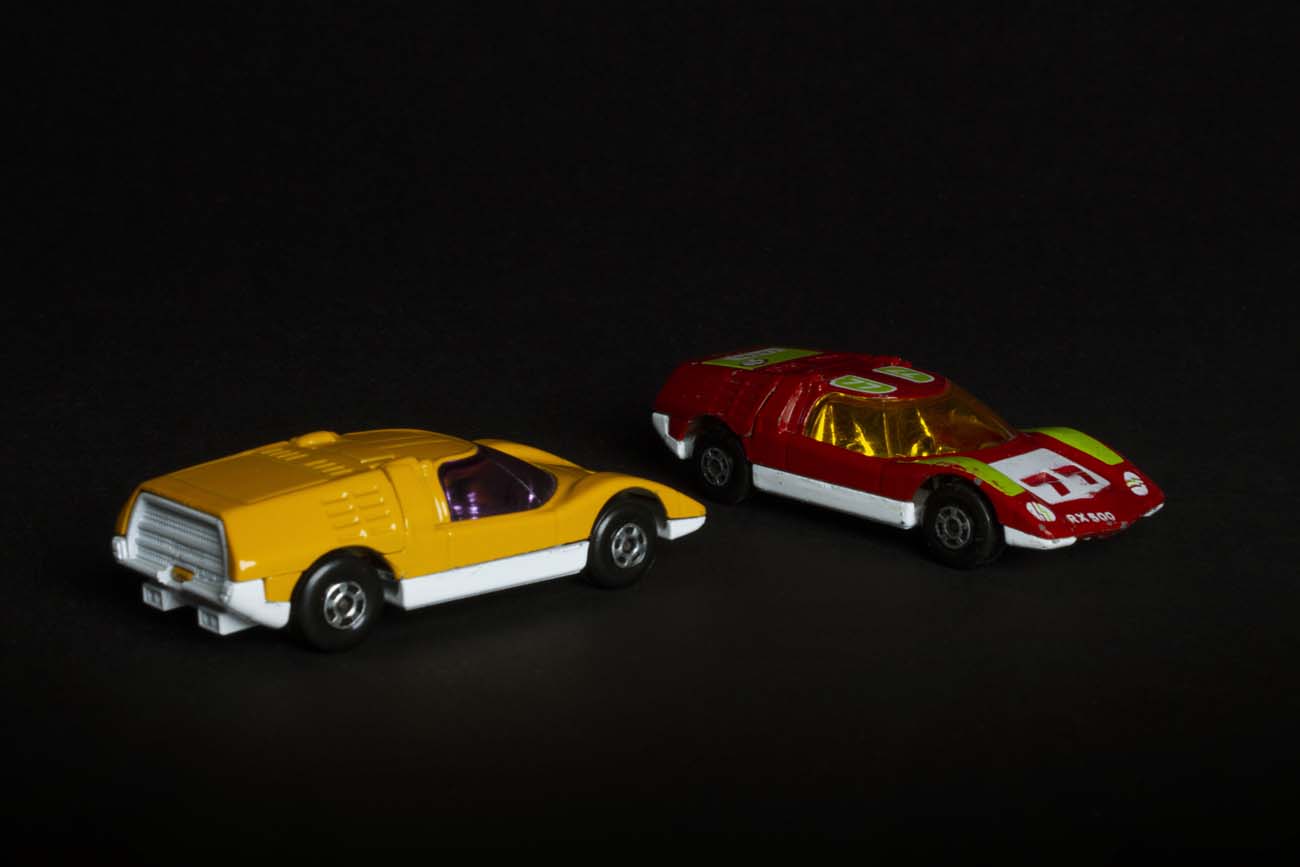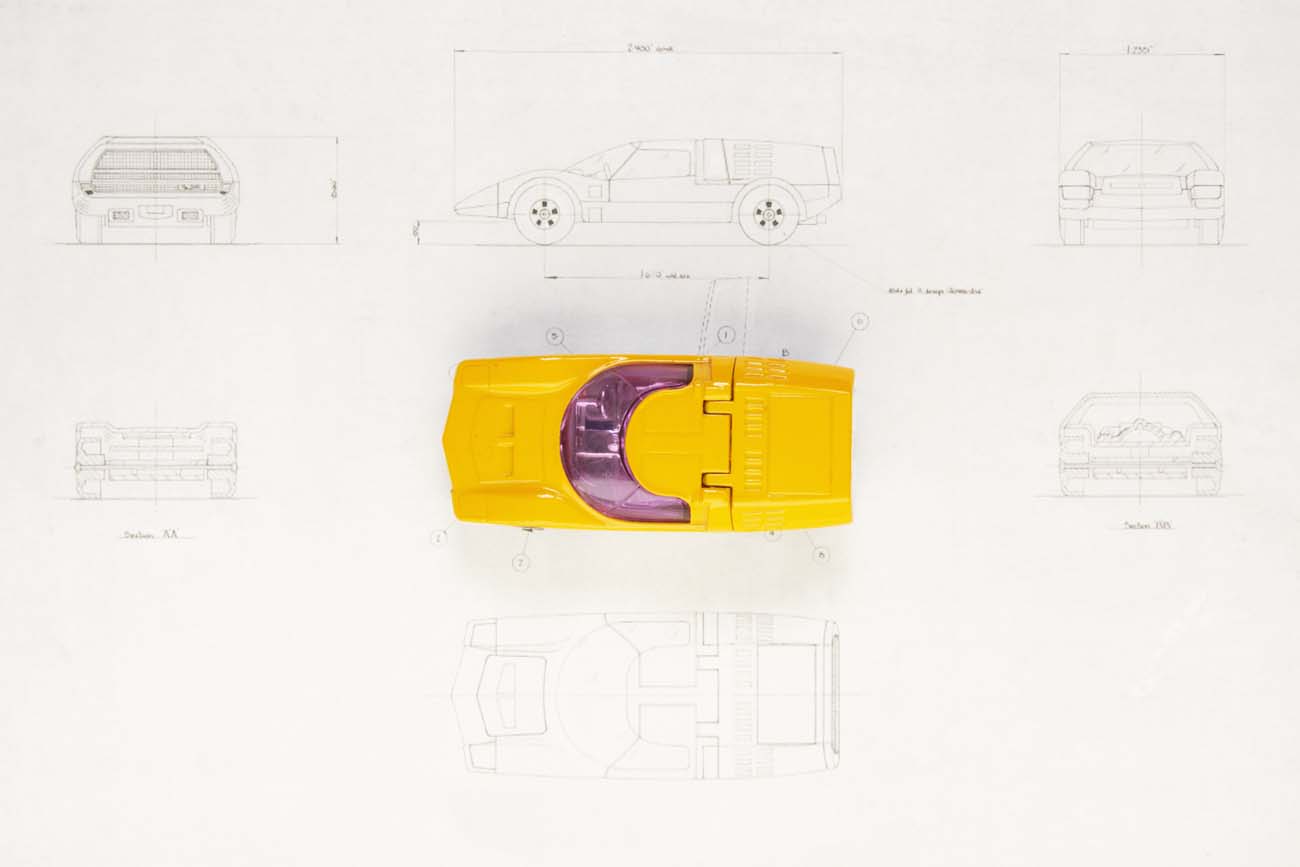
Little did Mazda know when they built the RX500 rotary powered prototype it would lead to one of the most popular Matchbox cars of the 1970s.
The radically angular and streamlined car was unveiled at the 17th Tokyo Motor Show in October 1970. Mazda were making bold statement about their design capabilities and to celebrate the company’s 50th anniversary. It was also to show off the performance potential of the rotary engine and some new safety features. It was immensely popular and attracted a huge amount of public interest.
Compared to the company’s road going models it looked like it came from another planet. I kind of think of it as something from one of Gerry Anderson’s TV shows. Maybe Captain Scarlet would have driven one.
Whilst the Luce and the R100 had rotary engines the RX500 was quite a bit different. The wedge shape had forward opening butterfly doors and a gullwing opening engine cover. The shooting brake style tail hid an innovative safety feature, there were multicolour strip lights that would change colour to indicate whether the car was speeding up or slowing down.
Powering the car was the little 982cc rotary engine producing 250 PS. The uprated two-rotor 10A engine was mounted centrally to give perfect weight distribution and would rev to 15,000 rpm. Higher than anything in Formula 1 at the time.
The car only weighed 860 kg, largely thanks to using a fibreglass body on a tube frame. This gave a power to weight ratio of 3.4 kg per horsepower, or around 290 bhp / tonne. it was also low at 1.065 m or just under 42 inches.















